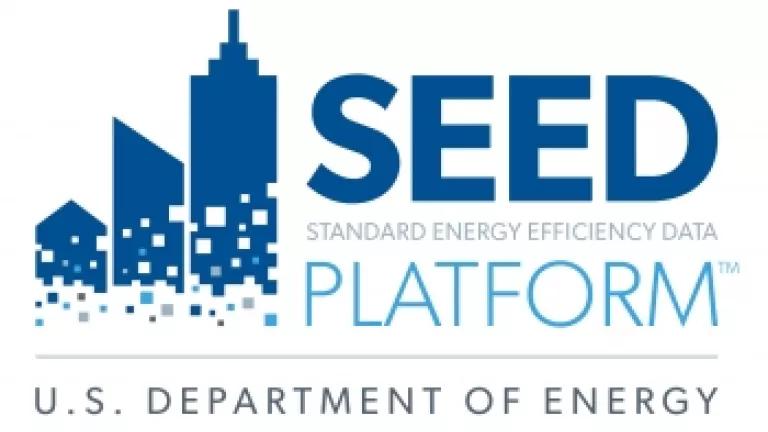
Big Data isn't just an impressive show of new technology, it's a way to solve problems. In fact, quantitative analysis in the digital age - done in a scientific way to build objective evidence - has been called the best and most powerful instrument for the creation of good policy and social progress.
The U.S. Department of Energy, with the support of partners and allies, has created the SEED Platform Collaborative to help put big data to work on one of the biggest problems in the global effort against the negative effects of climate change - the waste of energy in big buildings.
The new Standard Energy Efficiency Data (SEED) Platform⢠Collaborative creates a remarkable three-year partnership with regional and local governments to help them collect and manage data that tracks energy use in buildings, set aggressive goals for energy efficiency in them, and transform cities and regions into energy-saving leaders.
Cities and states that join the SEED Collaborative agree to use the SEED Platform and work with the DOE team and allies to establish work plans to help implement specific benchmarking goals for saving energy and building performance tracking programs. The platform provides open-source software to its users, which means the software code is publicly available so that others can contribute and make it even better.
As the DOE's announcement of 12 new partnerships stated, the Collaborative is a part of the integrated strategy of the Energy Department's Better Buildings Initiative, which is aimed at doubling American energy productivity by 2030 while motivating corporate and public sector leaders across the country to save energy through commitments and investments. Through partnerships, the Collaborative seeks to increase its reach to supporting organizations, software developers, and products and services companies to expand the interoperability of the SEED platform and promote information transparency.
The partners just announced include Atlanta; Berkeley, CA; Cambridge, MA; the California Energy Commission; Houston; Kansas City, MO; Montgomery County, MD; New York City; Orlando; Philadelphia; Salt Lake City; and Washington, D.C.
Buildings in jurisdictions like these are the largest single source of U.S. carbon emissions, representing 40 percent nationwide - more than either the transportation or industrial sectors. That number is even more dramatic at the city level, with more than half of carbon emissions in most U.S. cities coming from buildings - and in some cities as much as 75 percent, with much of that energy wasted. If we can cut energy waste, we can also reduce the amount of fossil fuels needed to generate it and avoid their harmful emissions.
The very creation of the SEED platform demonstrates the commitment and success of state and local governments in trying to tackle this problem by tracking building performance data to help policymakers, business leaders, and other stakeholders make better policy decisions about land use and planning. It also shows how the federal government can be a key partner in bringing important tools to scale across locations.
As I said when the formation of the Collaborative was announced in October, we live in a Big Data world and the SEED partnership gives us the tools we need to talk to each other about the most effective ways to use our natural resources by saving energy in the buildings that give our cities their unique character.
Allies invested in helping to make the collaborative a success include the National League of Cities, the Institute for Market Transformation (IMT), the National Association of State Energy Officials, the C40 Cities Climate Leadership Group, and the Natural Resources Defense Council, where I head the Urban Solutions program.

The SEED platform will enhance Urban Solutions' existing work with the City Energy Project, a joint initiative of NRDC and IMT that works with cities across the U.S. on local solutions to cut energy consumption and waste in large buildings and, as a result, cut pollution and make cities more prosperous and healthier.
These efforts are an important part of what cities and other local and regional jurisdictions can do to help the United States meet the commitments to which it recently agreed at the Paris climate talks.
They're an important sign that environmental efforts can and will use the most high-tech tools available to decrease carbon pollution and increase opportunity.

